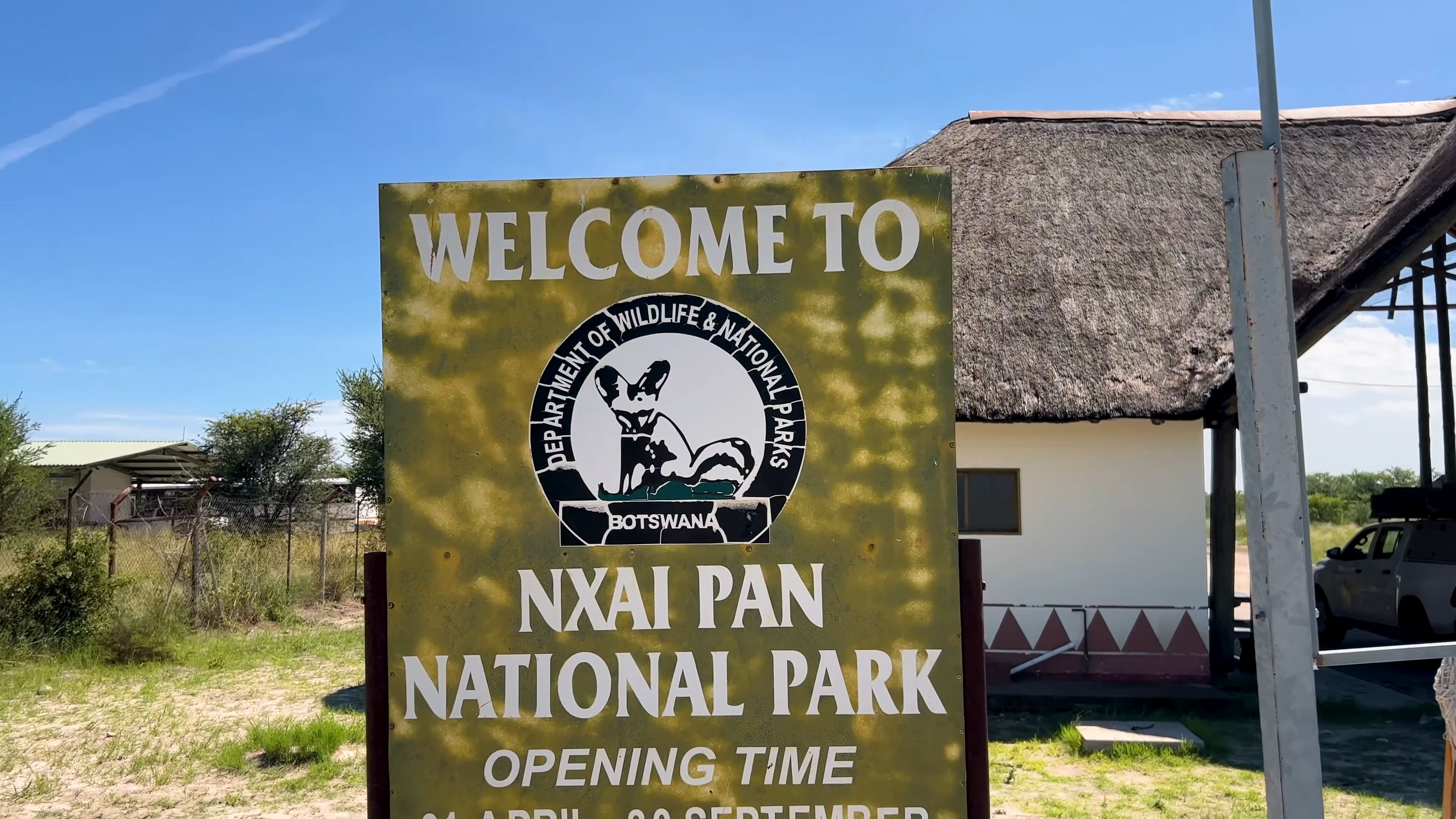Nxai Pan National Park to Wildlife | Bestime and Map
Nxai Pan National Park Guide: This is a component of the Makgadikgadi complex, characterized by several expansive pans. Distinct from the salt-encrusted pans found in Makgadikgadi, Nxai Pan is a fossil pan devoid of water and blanketed with grass, dotted with islands of acacia. This region bursts into life post-December’s summer rains as vast herds of zebra and wildebeest, along with other grazing species, migrate here to indulge in the fresh grasses.
 Unlike typical safari hotspots, Nxai Pan National Park’s dry climate supports a less diverse animal population. However, it is home to perennial populations of springbok and lions. The post-rain period witnessed the influx of large herbivore herds, many of which were in the throes of birth. Predominantly, Burchell’s zebra and blue wildebeest dominate, but the park also hosts eland, red hartebeest, and oryx.
Unlike typical safari hotspots, Nxai Pan National Park’s dry climate supports a less diverse animal population. However, it is home to perennial populations of springbok and lions. The post-rain period witnessed the influx of large herbivore herds, many of which were in the throes of birth. Predominantly, Burchell’s zebra and blue wildebeest dominate, but the park also hosts eland, red hartebeest, and oryx.
The landscape of Nxai Pan stands out as the most accessible among the surrounding pans. Its scenery diverges significantly; being older, it has fostered the growth of vegetation. The pan is perpetually graced with grass and interspersed with clusters of acacia trees. Following the rains, the pans become adorned with spring blossoms, and the periphery is marked by towering, ancient baobab trees.
Guide on the Best Time To Visit Nxai Pan National Park
The optimal time to visit Nxai Pan is throughout the year. However, wildlife sightings are scarce during the dry season (April to October) as animals migrate in search of water and to avoid the pervasive dust. For a rewarding wildlife viewing experience, plan your visit for after the onset of the rains in November, when wildebeest, zebra, and various other species gather to quench their thirst. This period also features an abundance of greenery and flowers.
Dry Season: April to October
The Wet season concludes in April with the last showers. June and July offer cooler weather, though temperatures start rising in August, peaking in October and November.
April & May: Marking the commencement of the Dry season, the weather is predominantly sunny and dry, with midday temperatures around 29°C/84°F.
June, July & August: Rainfall is minimal during these months. Average afternoon temperatures are cooler, around 26°C/79°F, and mornings can be quite cold at approximately 7°C/45°F. Warm clothing is advisable for early morning safaris.
September & October: The Dry season culminates with the heat intensifying before the arrival of the rains. October is particularly hot, with daytime averages reaching 35°C/95°F, though nights and mornings remain more temperate.
Wet Season: November to March
Rain is not continuous, but afternoon thunderstorms and brief showers are common. The hot conditions persist, with afternoon temperatures averaging 31°C/88°F and cooler mornings.
November & December: The climate is hot and sunny. Rainfall is sporadic, offering respite from the accumulating heat, which decreases after the rain. Early morning temperatures average at 19°C/66°F.
January & February are the peak months of the Wet season, characterized by afternoon rains that typically clear within a few hours. Thunderstorms are frequent.
March: Rainfall begins to diminish.

